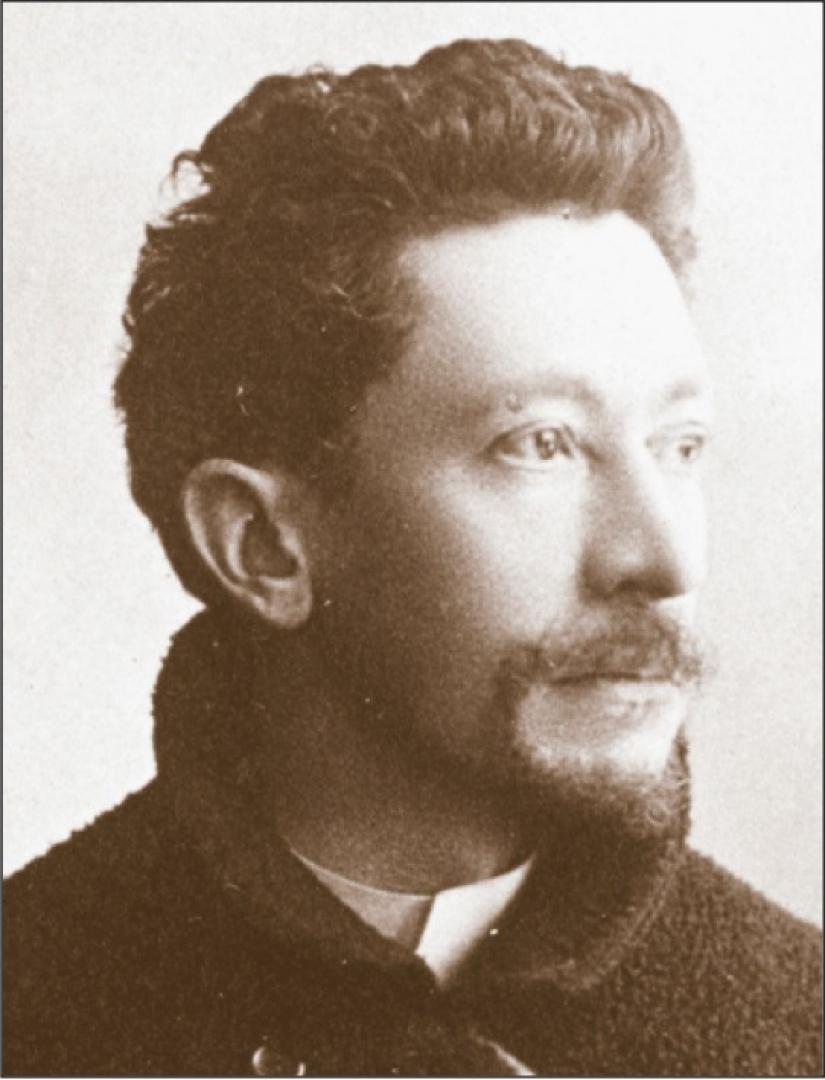In the latest of her regular columns, Dorothy Blundell takes a sideways look behind the scenes at The Bowes Museum where she is a volunteer
IT’S war. July 1870. A young Frenchman enlists to fight for his country against the Prussians even though he considers himself a lover (of nature) not a fighter.
Somehow he survives months of bloodshed and terror, all the while wondering if he will ever see his father again and fulfil his artistic ambitions.
His name is Ãmile Galle and he is 24. Until four years ago he was studying philosophy, botany, sculpture and drawing. He was apprenticed at a glass factory in the Lorraine region and preparing to take on the family ceramics and glass making business in Nancy.
After the war ends in January 1871, Galle is demobbed and can once again focus on celebrating nature’s beauty in designs for glassware and faience (tin-glazed earthenware).
He travels to London to represent his father, Charles, at the London International Exhibition, which opens on May 1, 1871. He is immensely proud to know that among the items on display are some of his designs of one-off pieces, such as vases and dishes bearing rustic and animal designs.
He is excited, sensing that this opportunity could be the start of something. And he is eager to get back to the factory to continue his experiments with coloured and etched glassware.
By the time the exhibition closes on September 30, there have been more than a million visitors.
Among them are John and Josephine Bowes on one of their many shopping trips to add to the growing collection for their museum.
Possibly over more than one visit, Josephine spends £400 or so on a selection of about 80 pieces of pottery and porcelain. Then Galle’s work catches her eye.
Knowing that Charles Galle had made for Empress Eugenie a “cabaret” set (verre d’eau) of engraved glasses and flask for scented water, she commissions the young artist to make her a similar set in the style of Marie Antoinette.
This is a momentous occasion for Ãmile, for it is likely that it is his first commission. It is certainly the first notable step in what would unfold: a 34-year career as pioneer and master of French Art Nouveau.
Other purchases by Josephine followed, including an exquisite fluted glass vase engraved with two amorous pigeons in a tree.
Although this was not the first time that Josephine’s eye for quality had led her to make astute acquisitions, history shows this was among her greatest talent-spotting triumphs.
There was instant affinity between artist and patron who shared a delight in nature. Friendship grew, as evidenced in correspondence in the museum’s archives. Josephine sought Galle’s opinion on designs for the museum. Galle agreed the roof height should be increased adding: “What a princely and royal setting for our humble faience!”
But he declines an invitation to Streatlam to join a shooting party saying: “As for killing your partridges, I have to yield the shooting gun to my father. As an ardent botanist, I hunt only plants.”
There is no evidence they ever met in person again, or if Galle ever visited the museum, but we do know that in 1872 he gifted her a faience jug in affection and gratitude for her patronage.
And when Josephine died in 1874, Galle wrote to John Bowes to express his sadness at “the loss of this generous spirit… this lively love of art, which made of Madame Bowes an enlightened patron, beloved of artists. I am very honoured, Monsieur, to think some of my modest works will stay with you as souvenirs of the one that chose them” .
The previous year Galle had set up his own glass studio. In 1877, he took over his father’s glass and ceramics factory.
By combining ancient techniques such as enamelling, cameo and inlay with his own influences and industrial innovations, he revolutionised glass making.
His designs, inspired by plants, animals and insects, would lead to his work being described as “poetry in glass” . And not just glass, but other decorative items such as bowls, plaques, table lamps and vases – even cats (the museum has a pair to welcome visitors to the ceramics galleries).
At the Paris 1884 exposition of decorative arts, he displayed more than 300 pieces of great artistic variety as well as technical expertise.
His pieces began to be widely imitated and his international fame grew. He had his own manufacturing plant in Nancy in 1894 employing more than 300. The final triumph of his career came in 1900 at the International Exhibition in Paris with a highly acclaimed and prize-winning display centred around a working glass furnace.
Galle founded the Ecole de Nancy to promote the Art Nouveau style and create a union between art and industry.
After his death in 1904, his widow managed the glassworks. Production ceased with the outbreak of the First World War. It resumed under control of Galle’s son-in-law, but production finally stopped in 1936 and no more authentic Galle works have been created since.
The Bowes Museum has now reopened to visitors who can see some of Galle’s work. You can also explore the collection online at thebowesmuseum.org.uk.






